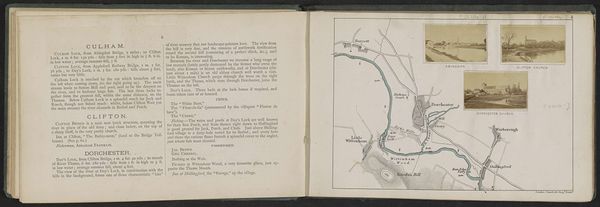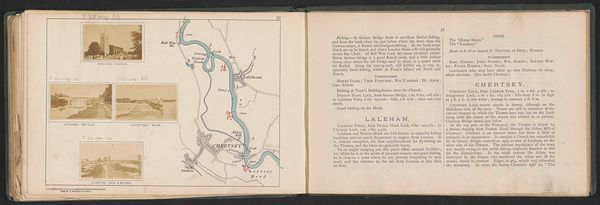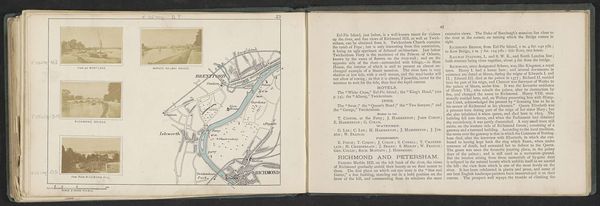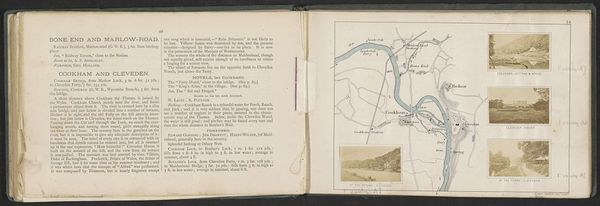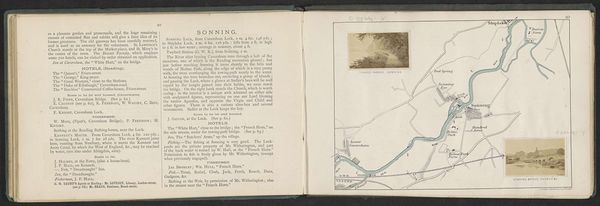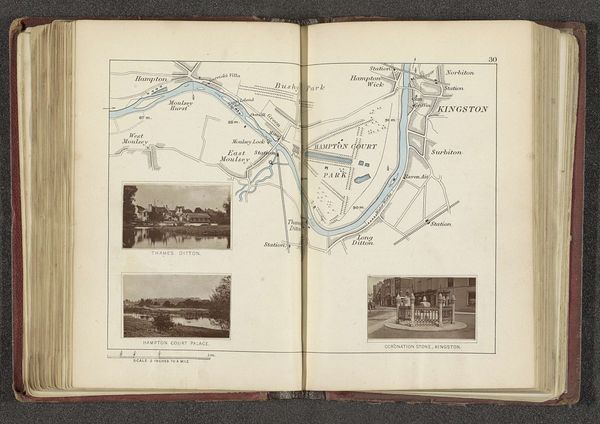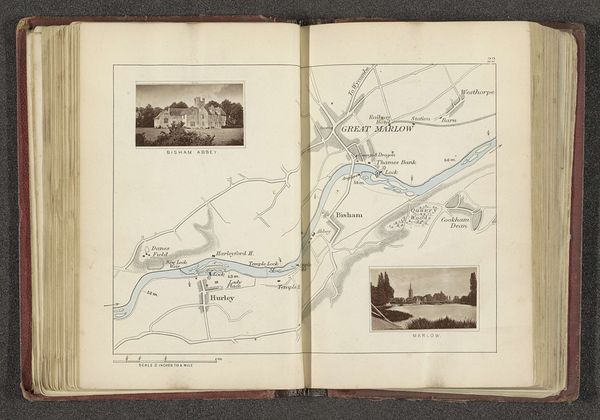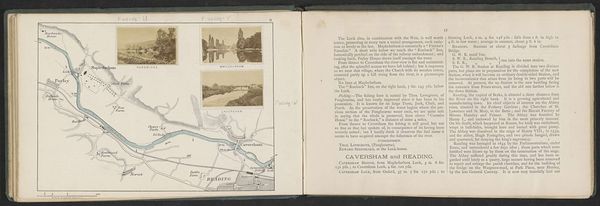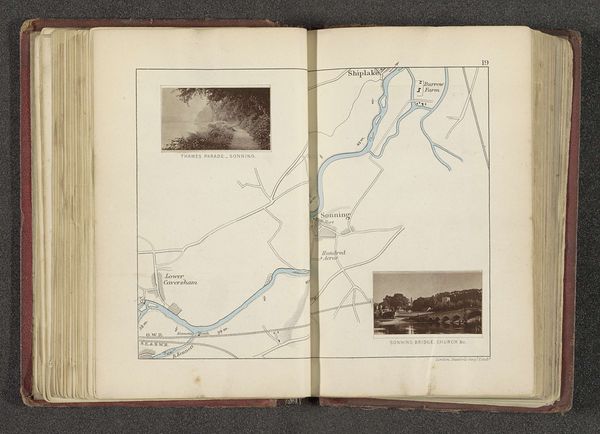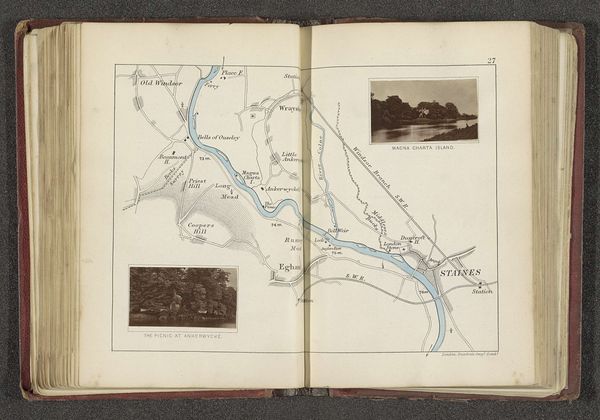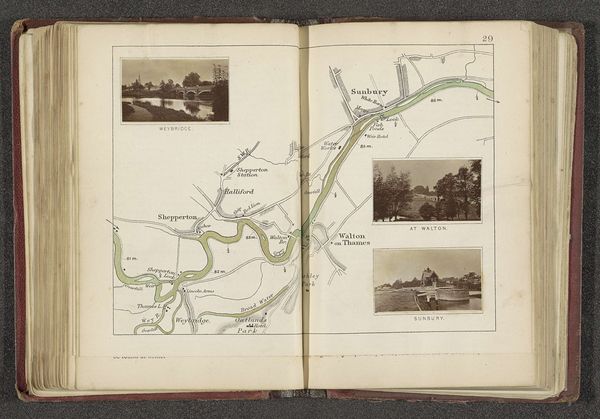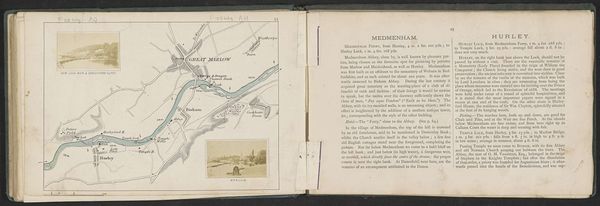
print, etching, photography
# print
#
etching
#
landscape
#
river
#
photography
#
cityscape
#
regionalism
Dimensions: height 31 mm, width 51 mm
Copyright: Rijks Museum: Open Domain
Curator: Here we have Henry W. Taunt’s “Gezicht op een brug en een kerk in Wallingford,” from 1871. The print incorporates both etching and photography. Editor: It's quite a curious image, almost muted. The composition with the church steeple and bridge definitely create a serene and, dare I say, somewhat melancholic feeling. Curator: Well, considering the date, photography was increasingly being adopted by artists, Taunt perhaps attempting to bridge, no pun intended, older printmaking techniques with modern photographic reproduction. How those techniques of etching combine to offer, effectively, multiples, suggests his work sought to reach a wider audience for his craft. Editor: It’s fascinating you frame it that way, the bridge, church and even its status as print serving a sort of distribution infrastructure. I am curious, how does a print such as this engage with local artistic traditions, particularly within a region known for, say, landscape painting? Curator: Regionalism as we see here is definitely connected to its surrounding economy and society. A print like this, by circulating images of the town, probably fueled regional pride and perhaps even promoted local commerce. The social context is undeniable here, embedding it in its locale, connecting artistic practice to place, making art about a place part of the place itself. Editor: I think you have touched upon a crucial idea. In what ways do these images help construct Wallingford's identity, both for those who lived there and for those who might encounter the town through these images? Curator: It certainly plays a vital role in constructing and circulating its visual identity. By representing local architecture, landscapes, and landmarks, Taunt solidifies Wallingford as a place, embedding that location within the consciousness of those viewing the image. Editor: So much for a glance revealing a “muted image,” eh? Its depth resides in understanding the hows and whys. Curator: Yes, indeed. And seeing how process connects so thoroughly to that depth allows us new visions, wouldn't you agree?
Comments
No comments
Be the first to comment and join the conversation on the ultimate creative platform.
